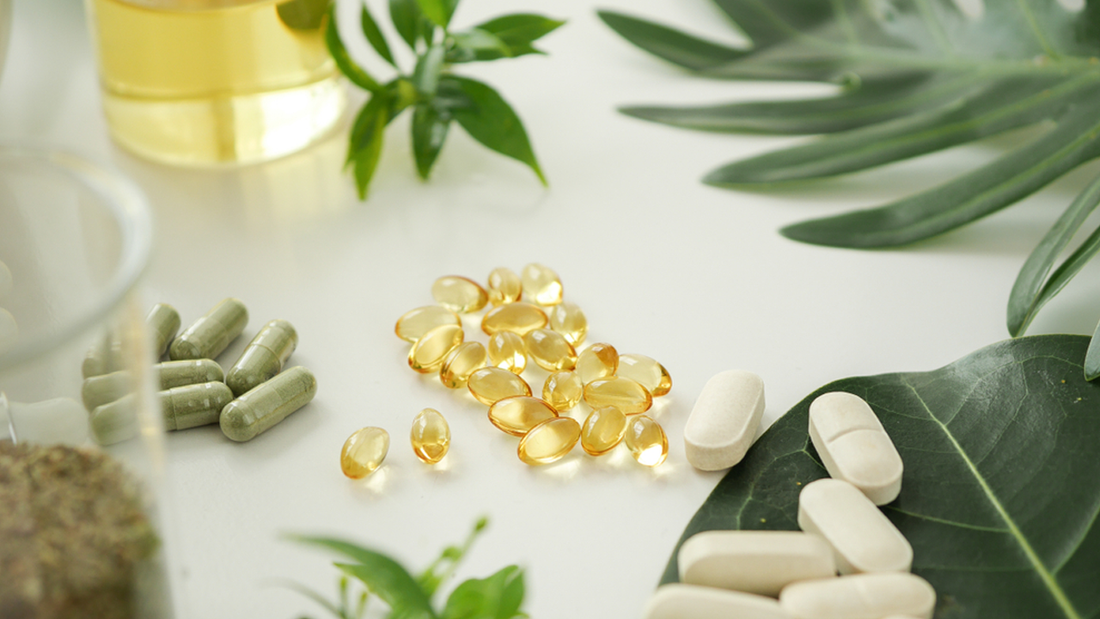Pharmaceutical synthetic flavoring agents can improve the palatability of medications mainly for pediatric and geriatric patients. These agents mask unpleasant tastes which can make medications more acceptable to patients. Generally, flavoring agents are chosen for their inert properties.
Scientists and healthcare professionals ensure they do not interact with or compromise the stability and efficacy of active pharmaceutical ingredients (APIs). They conduct compatibility testing during the formulation process.
This testing can prevent adverse reactions. While most flavoring agents are stable and safe, we must consider each case individually. Why? Because interactions can vary depending on the chemical properties of the API and the flavoring agent. Below we have discussed a few pharmaceutical synthetic flavoring agents along with their formulations, effectiveness, and preferred quantity.
1. Thymol
Thymol's antimicrobial properties can enhance flavor and provide additional therapeutic benefits. It can be a dual-purpose additive.
Formulations: Oral medications, mouthwashes, and lozenges
Diseases: Used in treatments for respiratory and oral infections
Quantity: Used in concentrations ranging from 0.1% to 1%
2. Gamma-Terpene
Gamma-terpene provides a citrus-like flavor. It can improve the taste profile of various medications without significant interaction risk with APIs.
Formulations: Chewable tablets, syrups, and topical ointments
Diseases: Used in formulations for digestive issues and topical pain relief
Quantity: Commonly used in small quantities, around 0.01% to 0.5%
3. Peppermint oil
Peppermint oil’s complex composition requires careful formulation to avoid interactions, but its pleasant flavor and additional therapeutic properties make it popular.
Formulations: Oral medications, topical applications, and inhalants
Diseases: Used for gastrointestinal disorders, respiratory relief, and topical pain relief
Quantity: It can be used in concentrations between 0.1% and 2%
4. Spearmint oil
Spearmint oil provides a sweet, minty flavor. You can find it in various products that mainly target digestive and oral health issues.
Formulations: Chewable tablets, gums, and oral suspensions
Diseases: Used for gastrointestinal discomfort and oral health
Quantity: Generally used in concentrations ranging from 0.05% to 1%
5. Menthol
Menthol’s cooling sensation and pleasant taste make it a versatile flavoring agent in oral and topical pharmaceutical formulations.
Formulations: Lozenges, creams, and nasal sprays
Diseases: Used for cough relief, muscle pain, and nasal congestion
Quantity: Typically used in concentrations between 0.1% and 1.5%
With a robust understanding of the critical balance between flavoring agents and APIs, SBBLG stands as a dependable partner in large-scale manufacturing of synthetic chemicals that are used as flavoring agents in the pharmaceutical industry.





